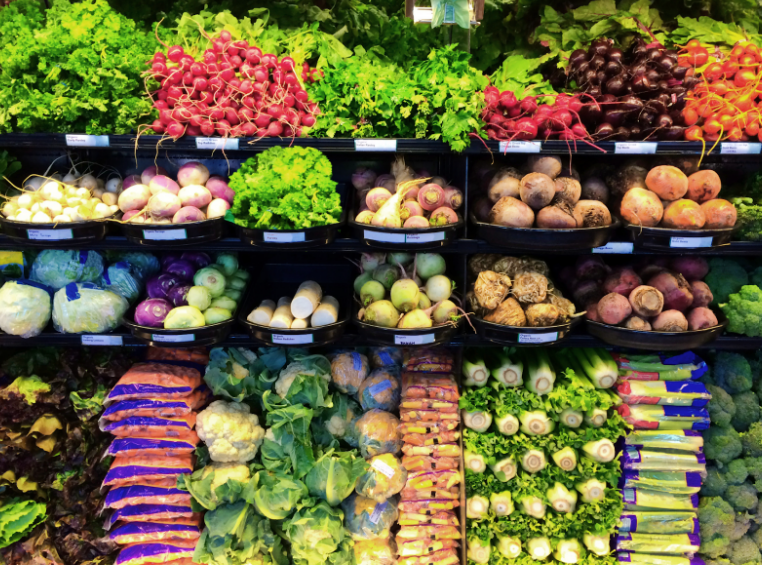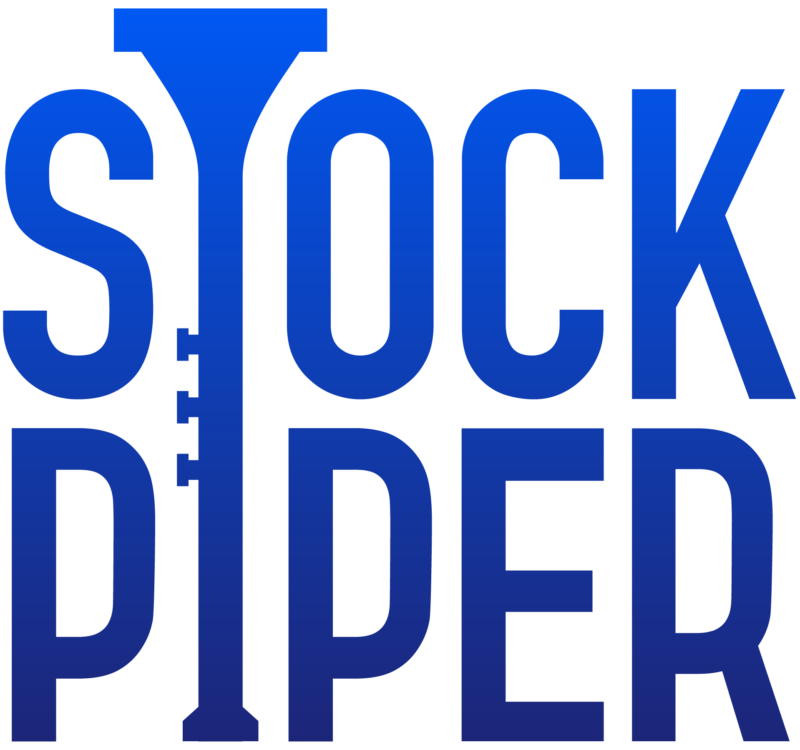When it comes to grocery shopping in Australia, two names dominate the conversation: Woolworths and Coles. These supermarket giants have been competing for decades, each trying to outdo the other in price, quality, and service. But beyond the aisles of fresh produce and packaged goods, there’s an equally fierce battle playing out on the ASX. With both Woolworths and Coles recently reporting strong financial results for FY 2024, it’s time to delve deeper into the numbers and explore what sets these two heavyweights apart.
Woolworths: Riding High on Strong FY24 Results
Woolworths Group Ltd (ASX: WOW) has had an impressive run in FY 2024, with its share price rising 2.5% to $36.29 following the release of its financial results. Investors were excited not only by the company’s solid earnings but also by its unexpected special dividend.
Woolworths posted a 3.7% increase in normalised sales, bringing in a whopping $67,922 million. Additionally, its normalised earnings before interest and tax (EBIT) rose 3.4% to $3,223 million, beating analyst expectations. For comparison, analysts at Goldman Sachs had forecast sales of $67,261 million and EBIT of $3,205 million, meaning Woolworths delivered slightly better results than predicted.
But perhaps the biggest highlight for investors was Woolworths’ decision to declare both a final and a special dividend. The company declared a fully franked final dividend of 57 cents per share, which was slightly lower than last year’s payout. However, it sweetened the deal by adding a special dividend of 40 cents per share, thanks to proceeds from selling a stake in Endeavour Group Ltd (ASX: EDV).
Outgoing Woolworths CEO Brad Banducci commented on the dividends, explaining that the company decided to return $489 million to shareholders via the special dividend, which also released $209 million in franking credits. This brought the total dividend payout for FY 2024 to $1.44 per share, representing an increase of 38.5% year on year. With a dividend yield of 4.1%, Woolworths is offering investors a healthy return.
Coles: Smashing Benchmarks with Rising Revenue and Profits
Meanwhile, Coles Group Ltd. (ASX: COL) has also been enjoying a strong year. The company’s share price jumped 2.17%, reaching $18.86, outperforming the broader ASX 200 index.
Coles posted a 5.7% year-on-year increase in revenue, totalling $43.6 billion for FY 2024. The supermarket giant’s nett profit after tax (NPAT) also rose by 4.1% to $1.21 billion, showing its resilience in a competitive market. What’s more, the company declared a final fully franked dividend of 32 cents per share, up 6.7% from last year’s final dividend.
For passive income investors, Coles’ total dividend payout for FY 2024 amounted to 68 cents per share, giving the stock a fully franked dividend yield of 3.6%. Coles' plans to expand its footprint—the company plans to open eight new supermarkets and thirteen new liquor stores in FY 2025 in addition to closing underperforming locations—further encouraged investors.
Woolworths vs. Coles: Who’s Winning the Grocery War?
At first glance, both Woolworths and Coles are performing well, with strong revenue growth, rising profits, and generous dividend payouts. However, each company has its own strengths and strategies.
Woolworths has a larger market presence, with total sales far exceeding Coles. Its ability to outperform expectations, as seen in its recent earnings report, showcases its robust operational efficiency. Woolworths’ special dividend was also a pleasant surprise for investors, adding an extra layer of appeal to its stock. Moreover, Woolworths benefits from its diversified business model, including its stake in Endeavour Group, which it recently sold down to fund its dividend payouts.
On the other hand, Coles has positioned itself as a reliable performer in the supermarket space. While its revenue and profits are smaller than Woolworths’, its strong dividend growth and continued expansion plans make it an attractive option for investors looking for steady returns. Coles has also seen a sharp rise in its share price over the past year, gaining 18%, not including dividends, compared to Woolworths’ more moderate share price increase.
Both companies have their loyal customer bases, with shoppers often choosing between them based on price, convenience, and product selection. Woolworths tends to focus more on its premium offerings and larger store network, while Coles leans into value-for-money propositions and its dedication to customer service.
The Verdict: Woolworths or Coles?
So, which supermarket is the better investment? The answer depends on what type of investor you are. If you’re looking for a higher dividend yield and appreciate a company with a diverse range of revenue streams, Woolworths might be the way to go. Its larger size, higher sales figures, and special dividend make it an attractive option for those seeking steady income and growth potential.
On the other hand, if you prefer a more conservative, value-driven company with a strong focus on its core supermarket operations, Coles could be your pick. Its recent performance, impressive dividend growth, and ongoing expansion plans make it a reliable choice for long-term investors.
Ultimately, both Woolworths and Coles are solid players in the Australian grocery market. Whether you shop in their stores or invest in their stocks, you’re backing companies that are well-positioned to continue thriving in the years to come.



